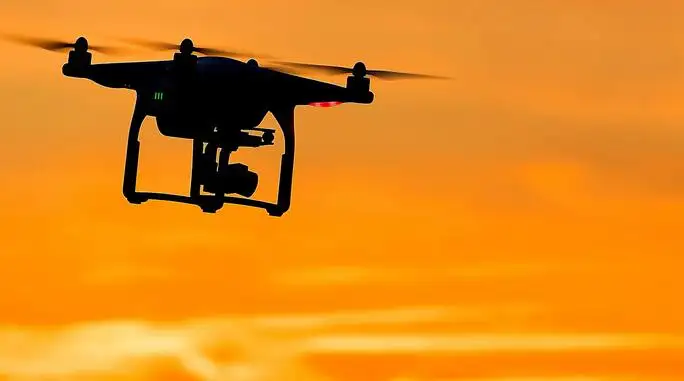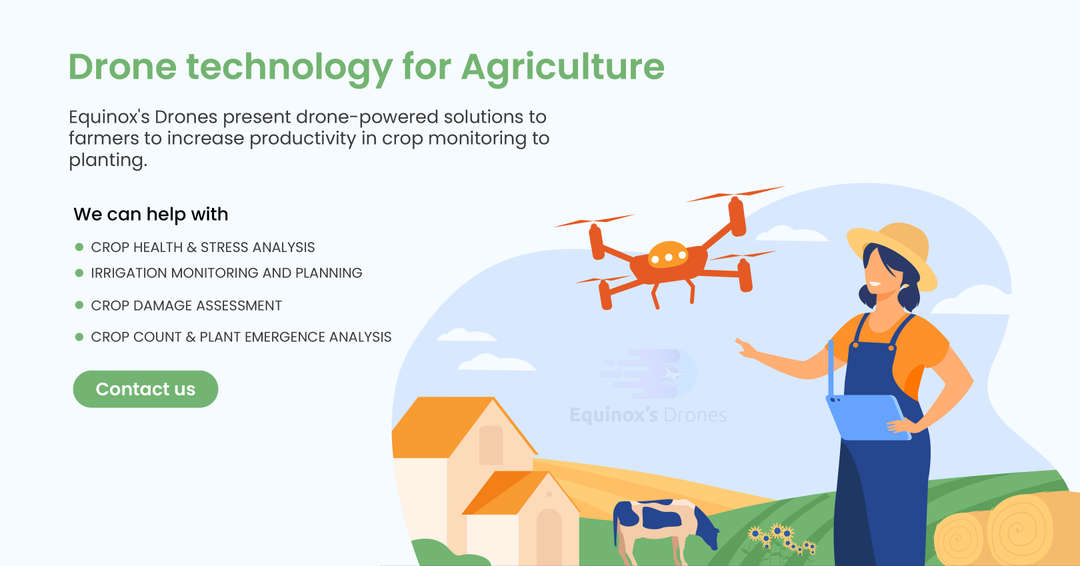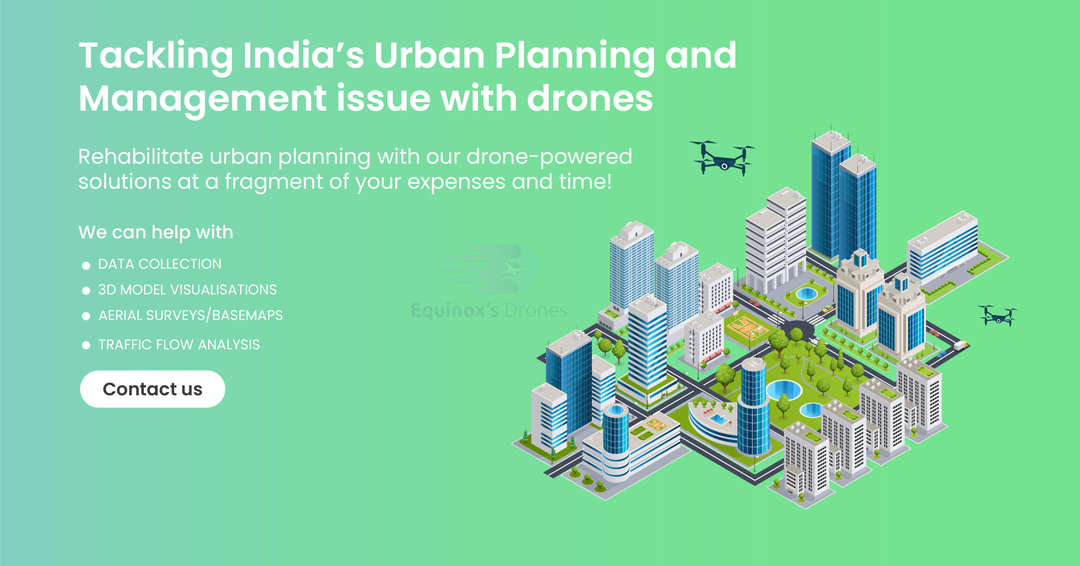Intrinsically, the prominence and quintessence of the public sector are primarily dependent on the public’s subjects. This is a consequence of its direct attribution to the people. Among most other sectors, the public sector stands out because it encompasses several different fields of work. On these grounds, the public sector emerges with a myriad of layers that only add complexity. Standing at this sector’s pitfalls, we come to realize the need and cruciality of change to enable growth. This change in the form of technology resembles a breath of fresh air. The application of technology to improve the ticking of the public sector has resulted in transformational progress.
Substantially, as the world is witnessing an innovative revolution with drones’ introduction, the public sector is welcome to join the bracket. Drone technology paves the way forward for the plentiful yet diverse aspects of this sector. The use of Unmanned Aerial Vehicles (UAVs) in these aspects drives the industry in the direction of the bustling and flourishing side in the woods of public infrastructure. Drone technology, assisting the public sector in attaining a certain level of convenience and adroitness, embodies comfort in professionalism.
Nature Of The Public Sector
Inherently, managing the intricate layers of this sector may cause certain discrepancies and inconsistencies between facts and mechanisms of functioning, given that there are numerous techniques of approach. It is the public sector services that enable people to earn and lead good and content lives. At this junction, it becomes imperative to understand the health of the public sector, which is only deteriorating. The budget allocated and distributed to this sector may be a fat sum, although it does not compensate for the various hindrances that dare to threaten this industry.
A desperate attempt to not drown in the troubles encircling public sector undertakings has led to drones’ onset and employment in this space. Drone technology being implemented in the same sphere as the state-run schemes have proven to be a sophisticated, intelligent, and economical choice. State-run pursuits subsume the industrial enterprises of infrastructure, health and welfare, environmental conservation, law enforcement and public safety, emergency response, and more. The cutting-edge technology of drones, coupled with artificial intelligence, makes it methodically coherent and productive for relevant purposes.
Drone Technology : Renovating The Public Sector
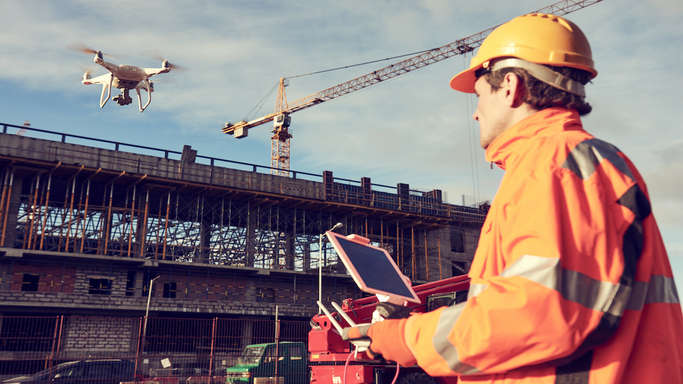
Transfusing the productive nature of drones into the space of the public sector is demonstrating striking potential. Unmanned Aerial Vehicles (UAVs) exhaustively yet systematically alleviate this sector’s burdens through their profound abilities. Drones’ dedication is finally conquering the mountain of challenges blocking the industry from growth and amelioration.
Public Infrastructure
Infrastructure sums up to a significant share of the public sector because it encompasses the construction and maintenance of public amenities. This accommodates roadways, highways, bridges, buildings, railway tracks, public transport modes, and appreciably more. Drones and UAVs bring about the intricate details that go into the working of this field of state-run undertakings. Applicable for aerial surveillance and monitoring operations, drones use their robust features to serve land inspection and observation purposes.
The cruciality of safe and economic social infrastructure lies in the fact that unsafe conditions can cause regrettable accidents leading to the loss of life and other resources. To be stated without prevarication, a country’s roadways are based on the judgment of a nation’s development status. On this account, it becomes pivotal to manage the safekeeping of our roads, bridges, highways, and similarly constructed structures. However, the maintenance of the same can amount to an expensive sum making it a difficult task. Nevertheless, automated solutions provide adequate services to help overcome these difficulties. The employment of drone technology for the mentioned purposes can easily tackle these challenges by monitoring the roadways during construction. The benefits of 3D mapping, UAV data collection, and processing while capturing alluring aerial footage motivate workers to adopt drones’ specialty for developing public infrastructure. The high-resolution cameras and sensors instilled in drones permit them to capture intricate details, more so in remote areas where human entry is not permissible. Drones can also detect and identify cracks and defective conditions, ensuring the public’s safety and welfare. Analysis and evaluation of the construction conditions may be carefully, accurately, and comfortably performed, resulting in suitable determinations.
Timely checks for public infrastructure maintenance through drones’ features save time, effort, and cost. In this way, a more considerable amount of drained for the construction and maintenance of infrastructure can be utilized for more meaningful resources that drift towards greater growth chances.
Agriculture
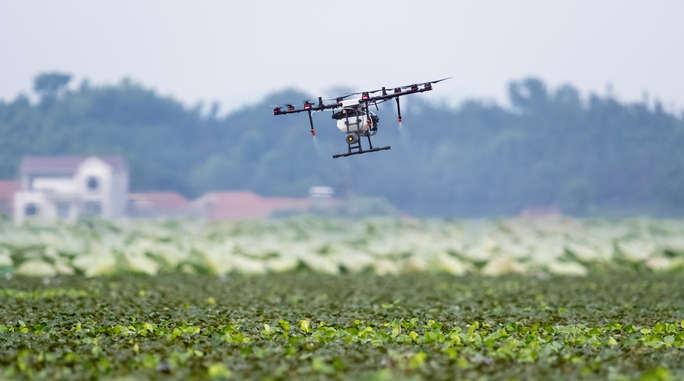
Agriculture indeed demands a lot of effort and attention from experienced and qualified professionals. Being the backbone of a country means to be the largest industry of occupational choice that generates the highest employment opportunities. Comprehending the agriculture industry’s enormity, the sector’s facets that further determine its fate are in a crisis. As a means of metamorphosing this field, technology and automation are being applied for bountiful and diverse purposes. In essence, drone technology can alchemize agriculture with its dynamic qualities.
Shedding light on the various challenges the farmers face to cultivate and grow crops that yield good income, drone technology has proved its skill in understanding and overcoming these challenges. Intrinsically, drones can be used to monitor the fields and crops. The results would be tracked and displayed to the farmers without checking up on the crops manually. Using the features of 3D mapping, aerial surveillance, and imagery as brought about by drones, the challenges and primitive operations evolve into automated solutions with an edge of innovation. Drones, striving for better performance and efficiency, also entail spraying crops with fertilizers and insecticides to nurture them into healthy harvests. Recognizing and detecting crops for any diseased or rotting conditions are other adequate measures used by using drones in this space. Inherently, all these and more characteristics make drones and UAVs economical and resourceful tools of innovation to adopt in agriculture.
Law Enforcement
Technology has not witnessed much light in the sphere of law enforcement and security. In any respect, automation accentuates the ease and convenience in the field of law enforcement. While drone technology has been taking the world by storm, the adoption of these crewless winged machines may tail in an abundant course of benefits and advantages to the field of law enforcement. Exceedingly, drones first saw the light of the application for military purposes. The police and armed forces may employ unmanned Aerial Vehicles (UAVs) to scrutinize and observe the opponent side. Their high-sensitive cameras and sensors can quickly alert the details for notifiable signs ahead.
Manual inspection of sites, aerial surveillance for illegal or potential criminal offenses, etc., are a few instances where drones show much potential. In this sense, the armed forces and security can keep track of the public’s issues, that is, in a cost-effective and time-critical manner.
Disaster Response
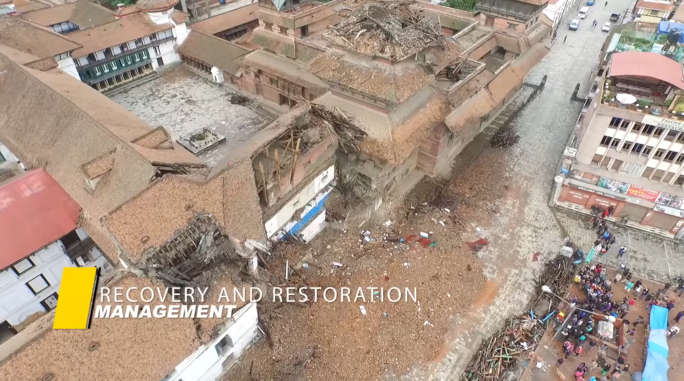
Natural calamities and disasters may not be in control of humankind. Notwithstanding can control the aftermath effects of these unfortunate occurrences to some extent. It is not a palpable and perspicuous task to offer relief for the wounded and injured on account of the disaster. To be on our toes and engage in helpful operations during and after the calamities is daunting and excruciating. As a channel to ease these severe challenges, technology has demonstrated efficacious and proficient techniques. Inordinately, drone technology is one of the most profound ways of employing disaster responses towards betterment.
Radically, drones and UAVs are used to monitor and survey the disaster sites and regions aerially. The speedy and timely drone imagery and footage allow us to fully understand the calamity scale in the sense of effect fully—drone imagery and content are used to alert and notify the closest hospitals and relief forces. The drone data collected by the drones can be used to send relief, and emergency measures can be suitably taken appropriately. Surpassingly, drones can deliver emergency tools and medication to aid the injured and suffering public. These are a few examples of the competence and merits drawn into an emergency response by the employment and adoption of drones.
It’s mentioned with no hesitation that drone technology holds a brighter future for the public sector. The umpteen optimistic characteristics banked on the adoption of drones in the space of state-run undertakings, and the public sector is unrivaled. In these ways, drones are proving the wondrous marvels of technology to be the pioneering way forward.

